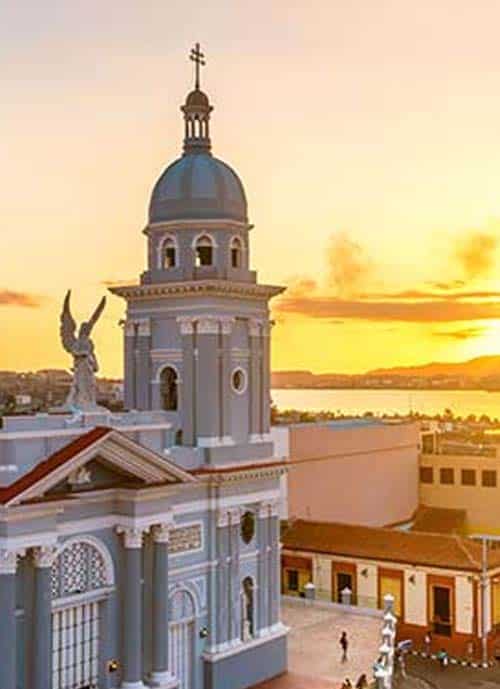
Santiago de Cuba Cuba
Santiago de Cuba is the capital of Cuba’s southeastern Santiago de Cuba Province, facing a bay off the Caribbean Sea. Founded by the Spanish in 1515, it’s known for colonial architecture and revolutionary history. The city’s distinctive Afro-Cuban cultural influences are on display during July’s Carnaval, a festival with drum-beating parades featuring colorful costumes and son dancing, a precursor to salsa. Guarding the bay, Castillo del Morro is a massive, 17th-century Spanish fortress. The city’s colonial quarter contains the Casa de Diego Velázquez, the 16th-century adobe home of Cuba’s first colonial governor and founder of Cuba’s first Spanish settlements. The Emilio Bacardí Moreau museum displays Cuban fine art and colonial artifacts, while the Museo de la Lucha Clandestina chronicles the city’s pre-revolutionary underground. Famed poet and Cuban nationalist José Martí is buried in a grand mausoleum at Cementerio Santa Efigenia, also the resting place of revolutionary Frank País and renowned musician Compay Segundo.




